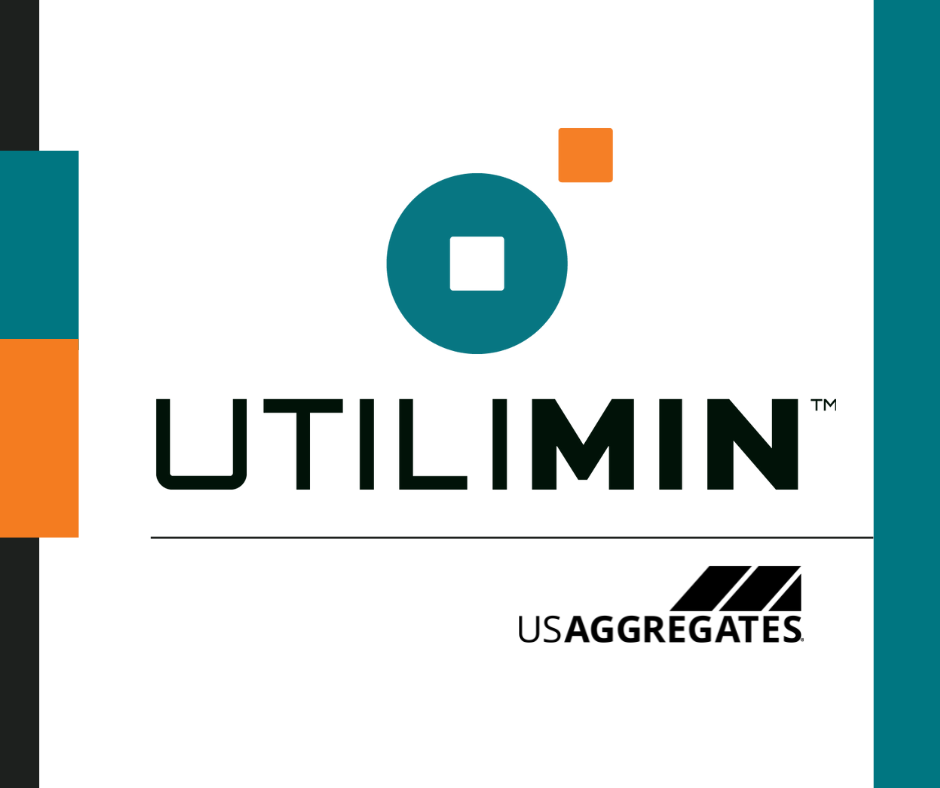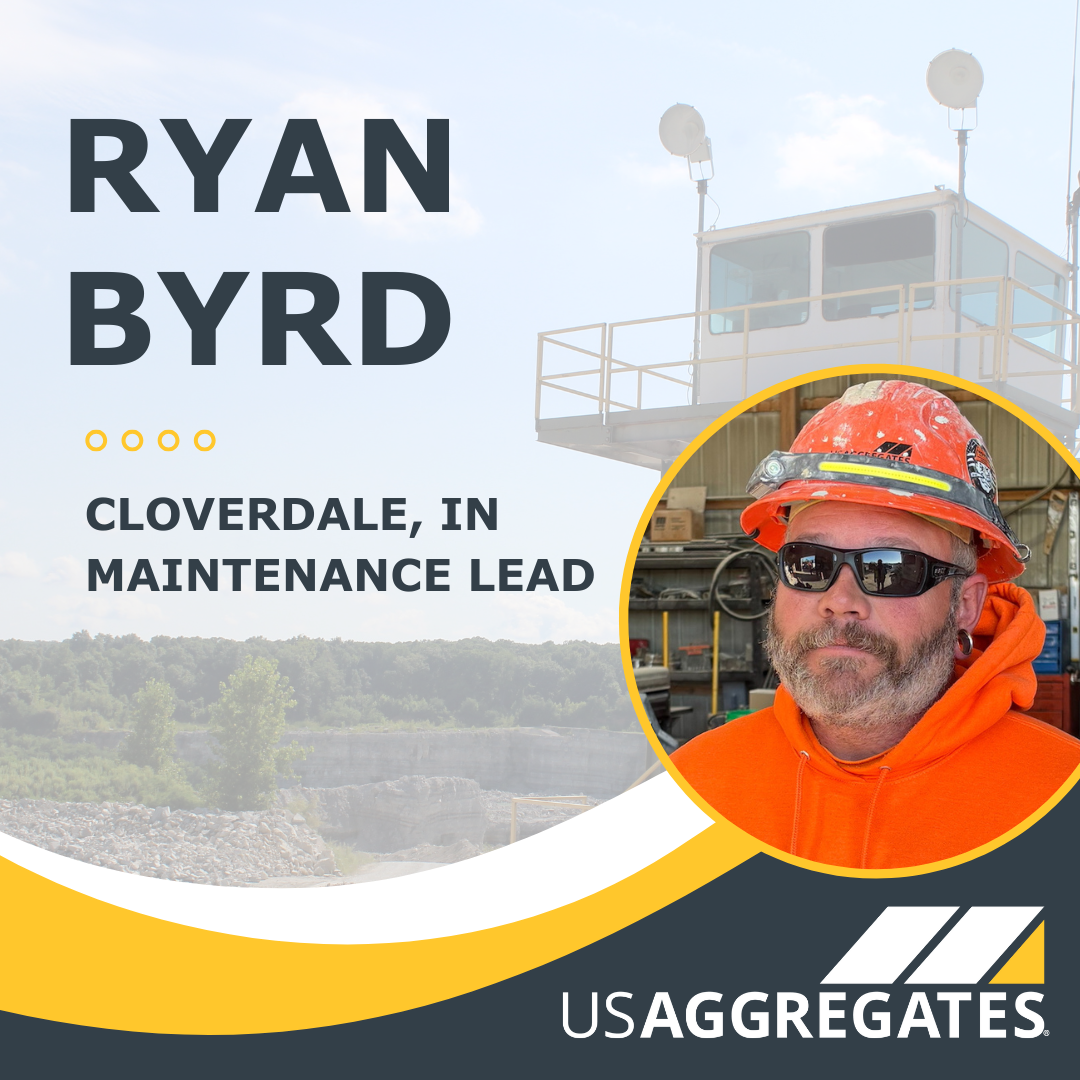US Aggregates Utilizes Local Community Partnerships to Move Toward a More Sustainable Industry
Tuesday, October 17th, 2023
Uncategorized

Have you ever wondered what happens to the water that collects at the bottom of a quarry? Water is a mining byproduct that can drastically harm production if not properly managed. In our efforts to move toward a more sustainable industry, US Aggregates partners with local community members to find alternative uses for excess water that is pumped daily. “We always try to find creative things to do with our water rather than just pumping it out to the river,” Environmental Manager Laurie Webb said. These alternative methods prevent groundwater water from entering back into the pit, otherwise known as recharging. With less recharge, we are able to reduce pump time and lower our carbon footprint all while strengthening ties in the communities our plants call home.
Delphi, IN
For over 30 years, our Delphi plant has partnered with the Wabash and Eerie Canal to pump 3 million gallons of water off site daily. The partnership began in the early 90s and has remained strong ever since. Without the water being pumped from our pit every day, the canal would be at risk of drying up, impacting local tourism and the ecosystem of the aquatic life that lives there.
Mike Tetrault, Executive Director of the Carroll County Wabash and Erie Canal, has worked closely with US Agg in our outsourcing efforts and explained that the partnership has greatly impacted the canal. “The canal really represents the best of what a community can do when we band together,” Mike said. “US Agg is a big part of that.” Additionally, the canal partners with US Aggregates to supply materials for their walking trails and playgrounds.
Portland, IN
Since 2007, POET, a biorefinery company located next door to our Portland plant, has partnered with US Agg to pump excess water off site to be used in their manufacturing processes. POET is responsible for installing and maintaining their own pumping stations. Annually, POET pumps about 236.5 million gallons of water from Portland’s pit.
Francesville, IN
The Francesville quarry has two permitted areas where water can leave our site, otherwise known as outfalls. One of these outfalls consists of a partnership with the Gutwein Popcorn Company. Gutwein uses our excess water to aid the irrigation process for their cornfields which are located adjacent to our site. Each year, over 120 million gallons of water are pumped and used to water their crops during their growing season.
These partnerships not only allow us the opportunity to give new life to the water we produce while mining, but also ensure that we are able to mine safely. Without proper dewatering, pit floors will begin to flood, running the risk of damaging equipment and compromising the safety of our operators. When water comes into contact with rocks on our pit floor, it acts as a natural lubricant and sharpens any exposed edges, drastically shortening the life of our heavy equipment tires. To make sure each plant remains safe and operational, US Aggregates works closely with our engineering and environmental teams to find solutions that will keep our pit floors dry.
Due to our pit floors being located under the water table, storm water and ground water can seep through the walls and collect at the bottom of the pit. The amount of water collected can depend on the pit’s location, depth, and annual rainfall.
To remove water from the pit floor, water is first navigated by gravity to a predetermined collection point, otherwise known as a pit sump. Here, the water will sit until it is ready to be pumped to ground level through motorized pumping stations that are installed directly into the sump. Senior Mine Engineer Ben Stork said that there are many factors that ensure water is able to leave the pit. “You have to have the correct size turbine, the correct motor, and the correct diameter of pipe to achieve a flow rate that is going to help supply the plant with water,” Ben said. From there, the water is either taken to an outsource or to our wash plants where it will be used to clean our washed products.
After water has passed through the wash plant, it is then pumped into a settling pond to prepare for sedimentation. This process allows time for the fine particles that washed off our aggregates to settle at the bottom of the pond, leaving clean water that is ready to be moved off site. “The goal is to have a clean return hitting into the closest stream or river,” Ben said. To ensure we are meeting this goal, Laurie and her team conduct quarterly outfall testing to track the quality of water leaving the site each day. If lab results come back indicating high amounts of sediment within the water, action plans are put in place to regulate those levels back to permit standards.
Without the help of our engineering team, environmental team, and local partnerships, we would not be able to operate. These partnerships not only help US Aggregates in our efforts to be more sustainable, but also provide resources for those within our local communities. If you would like to learn more about how US Aggregates is moving towards a more sustainable industry, read our recycling story here.
Madeline Freeman, Ben Stork, Mike Tetrault, and Laurie Webb contributed to this article.
Wabash and Eerie Canal photo courtesy of Mike Tetrault.







